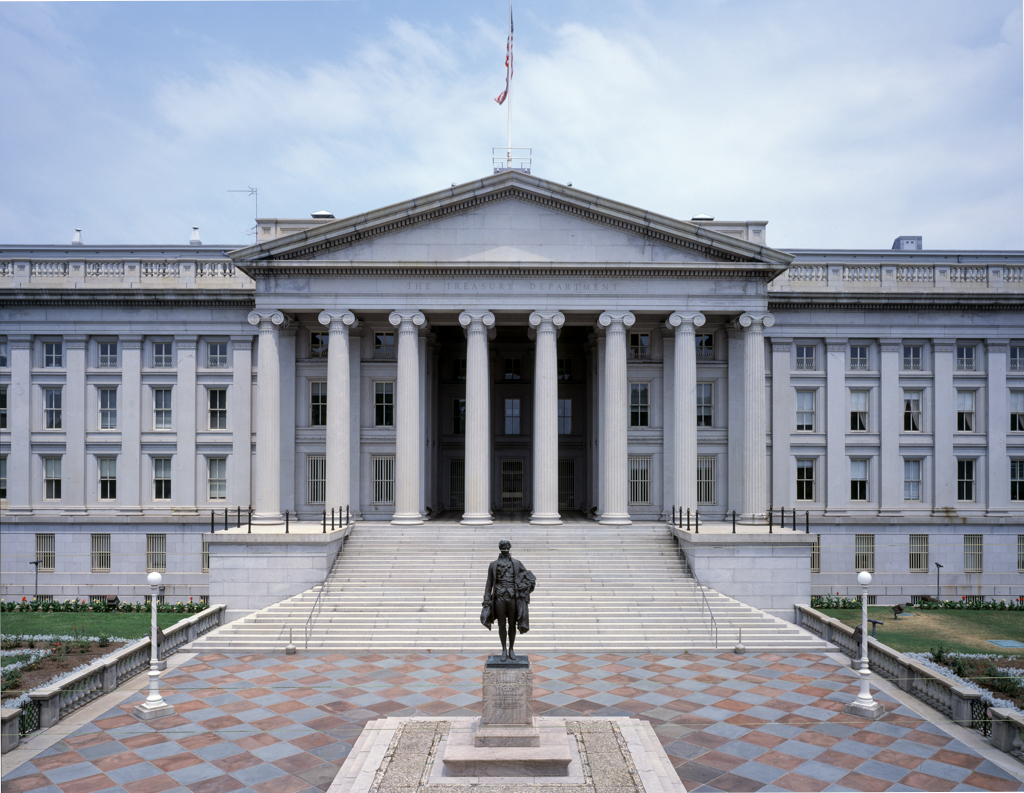President Donald Trump’s unexpected declaration on April 17 that Federal Reserve Chair Jerome Powell’s “termination” couldn’t come soon enough triggered sharp declines in US equities and a sell‑off in the dollar, stirring fresh concerns over the Fed’s independence and the stability of monetary policy.
Reacción del mercado
Following months of insisting he would not replace Powell, Trump’s U-turn prompted the S&P 500 to fall by more than 1.5% in Thursday’s session. Traders then spent a rare three‑day weekend, spurred by spring weather in New York, speculating whether the threat was empty bluster or a prelude to action. When US markets reopened on Monday, stocks slid further, and the dollar dropped to its lowest point in three years, underscoring investor anxiety.
“By publicly undermining Powell, Trump risks putting upward pressure on inflation expectations, making it harder for the Fed to cut rates later,” said Krishna Guha, vice chairman of Evercore ISI.

Fed Independence at Stake
The Federal Reserve, charged with managing inflation and employment, operates free from political control. During the 2022–23 inflation surge, Powell led the Fed through a historic series of interest‑rate hikes that tamed price growth without triggering a full‑blown recession, despite higher borrowing costs for mortgages, auto loans, and credit cards. Economists warn that replacing Powell with a White House loyalist would damage the Fed’s credibility.
“Fighting inflation requires non‑partisanship,” said Erasmus Kersting, economics professor at Villanova University. “Once investors doubt the Fed’s independence, inflation expectations can become unanchored.”
Legal and Political Challenges
Firing a sitting Fed chair before the end of a fixed four‑year term is legally untested. White House adviser Kevin Hassett, who authored a book opposing Powell’s removal, acknowledged internal discussions about a premature dismissal. Constitutional scholars debate whether the president has the authority to replace the chair absent “cause,” leaving the proposal’s legality in question.
Implicaciones Económicas
Trump has pressed for faster rate cuts to counteract tariff‑induced price pressures, but premature easing could exacerbate inflation. Powell recently cautioned that tariffs “are highly likely to generate at least a temporary rise in inflation.” If rate cuts coincided with slowing growth, as some forecasts predict for Q1, the US could face stagflation: stagnant output coupled with rising prices.
“Any actual attempt to fire Powell would lead to stagflation trades and higher bond yields, making borrowing more expensive for households and businesses,” warned Jonathan Reyes, senior analyst at MarketPulse.

Investor Outlook
Although most analysts view the threat of firing Powell as unlikely to materialize, the episode has injected fresh uncertainty into financial markets. Investors will closely monitor congressional pushback, the Fed’s voting patterns, and any clarifying statements from the White House. Until then, safe-haven assets, such as Treasuries, may attract demand, keeping yields elevated and raising borrowing costs across the economy.
Para más Noticias de negocios, check PGN Business Insider.
















